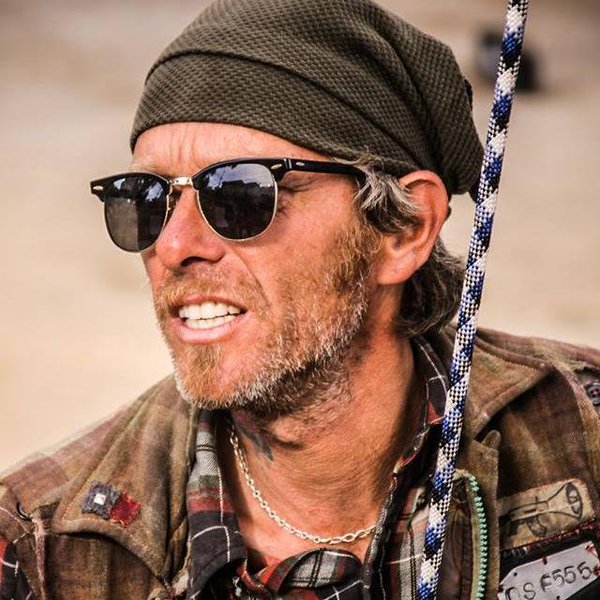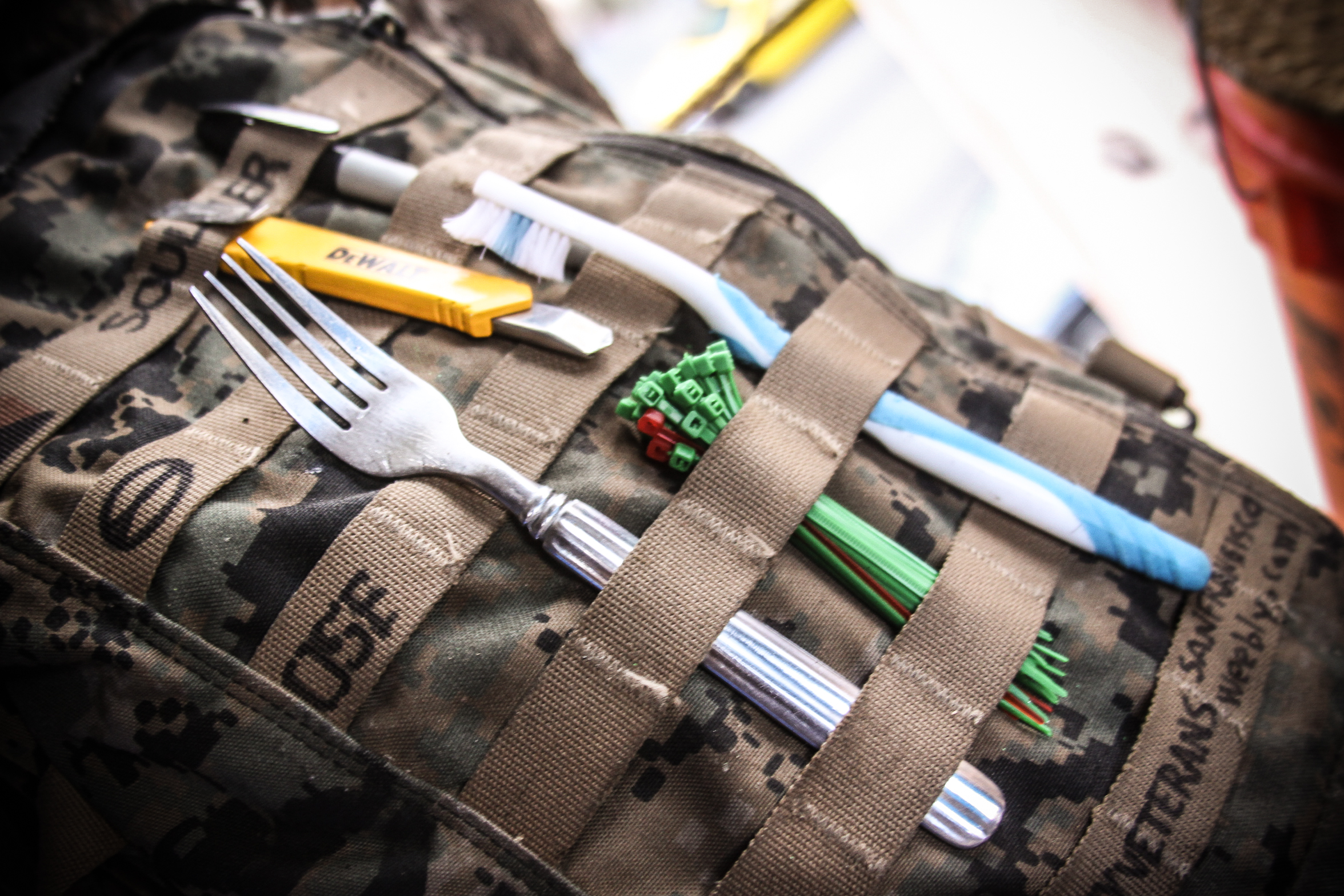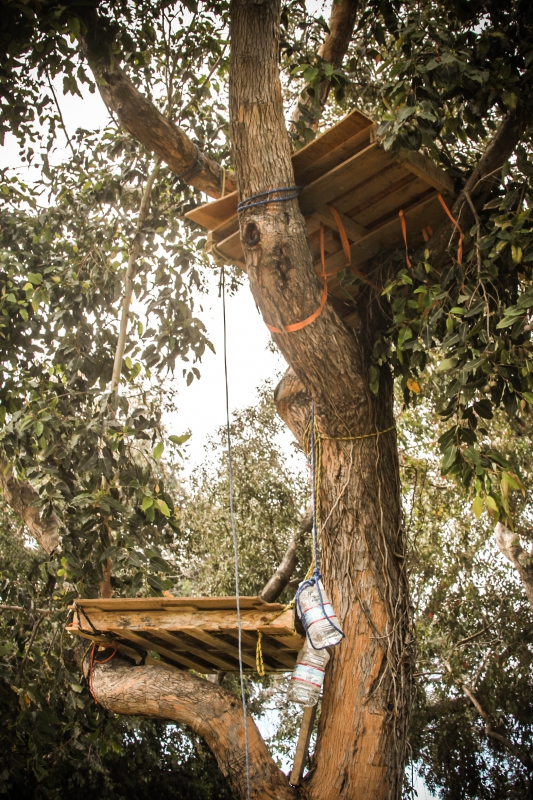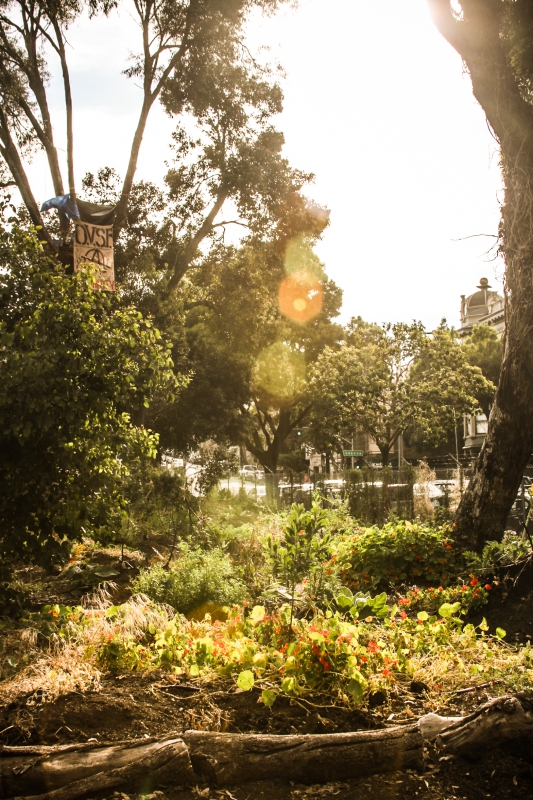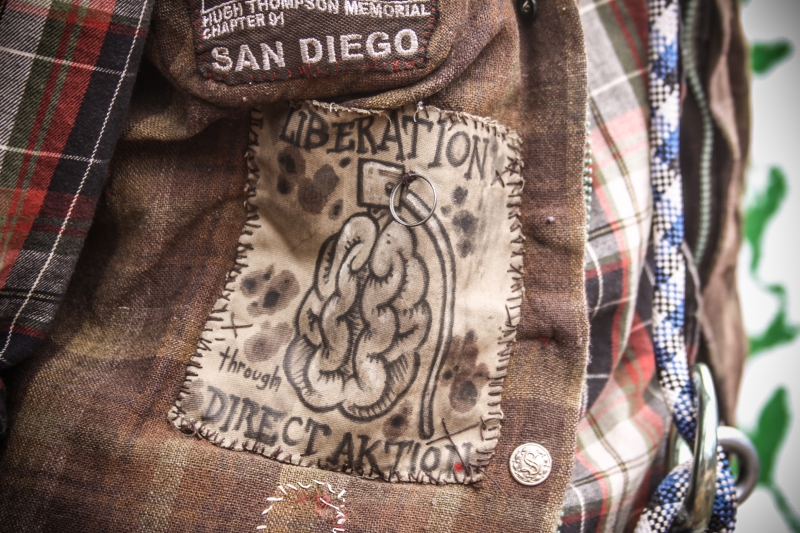By Daniele Spagnolo
I live in the 21217 area of Baltimore City, Maryland, right next to West Baltimore, where police murdered Freddie Gray, an unarmed, innocent black man. The six officers responsible for Freddie Gray’s death unlawfully and violently arrested Freddie after he made eye contact with an officer and instinctively ran. The officers refused to provide medical treatment for Freddie after brutally injuring his spine, and a murderous rough police van ride lasted hours before their arrival at the police station. Gray, 25, died in a hospital a few days later. On December 16, 2015 I went to a large community response from Baltimore residents and local chapters of the Black Lives Matter movement to the declared mistrial for Officer William Porter, the first to face court.
The gathering in Baltimore was one of hundreds of recent protests against police killings of black people. These public actions have ranged from marches to school walkouts to blockades of freeways and airports. For example, activists with Black*Seed blockaded the San Francisco Bay Bridge on MLK day, and activists protested at the Minneapolis Airport and the Mall of America near peak holiday-shopping season last December. The BLM movement is national yet decentralized. Many actions have been meticulously planned to build people power that is unique to their community.
I heard rumors that the police had put a major protest leader on temporary probation earlier that morning to stop him from protest organizing. I feared the police’s attempt to cut off a valued organizer would affect the outcome of the protest. I arrived at Baltimore City’s courthouse to witness a swarm of news media and about seven activists holding picket signs. Initially, I was afraid these few activists held the entirety of the protest; my heart dropped, there had to be more. A few minutes later, from the South side of Calvert Street, I started to hear a low echo of, “No Justice, No Peace, No Racist Police!” The volume grew as the protestors multiplied. There must have been hundreds of people. I felt a rush of energy, the kind of energy one can only find at protests. Completely electric, the fighters of justice roared in the bodies of young, old, black, white, every kind of people.
We marched, shouted until our lungs gave out, stopped traffic, and walked at a pace that called for immediate action. Bystanders seamlessly joined the march and the power of our steps vibrated in the cement as the protestors of Baltimore built a familial bond. Powerful, inspiring, black men and women chanted in a revolutionary tune. Abruptly, our march for justice was forced to reroute because of a predictable police blockade. Side by side, they looked divided. I stared intently at every single officer’s eyes. Some looked afraid, others held back clear hatred, but most were indifferent. They were indifferent as if we were shouting at a volume their eardrums could not pick up on.
We headed toward the courthouse lawn. The media was well equipped with their gear, but they were obviously products of a sloppy two-hour sensitivity training session. The reporters from FOX, NBC, ABC, etc. seemed completely unable to relate to the people they were interviewing, and each crew looked afraid. Some protestors strongly urged all activists to stay away from the corporate news sources, only to talk to local reporters, given the reputation of sensationalist media. Other protestors flocked to the robotic newscasters and held them accountable for portraying Baltimore’s previous protests in April 2015 as a city on fire rather than illuminating a city’s cry for justice.
As the crowd started to dwindle, a few key protest organizers gave us options as the night went on. One, we could watch the filming of the Real News Network’s report on court proceedings. Two, we could follow team leaders to the Juvenile Center, where it was assumed that another protestor, a sixteen year old, was held. This young black teenager, a minor, was forcefully held on the ground and then put in a chokehold by a police officer. I followed the group to stand outside the Juvenile Center. All of the protestors, concerned about the young man’s status, demanded answers from the security guard outside the Juvenile Center. We asked for the minor’s whereabouts and the guard quickly responded with, “They lied to you. He isn’t here.” A couple protestors persisted by calling every kind of police office the city contained, only to be left with no information of the young man’s location or status. Frustrated, yet determined to continue with the protest, we linked arms in front of the Juvenile Center, and exclaimed a more rhythmic chant, “Show me what democracy looks like! This is what democracy looks like!” The sound chimed through the chilly air as we swayed together, and the crowd listened carefully as spontaneous testimonies of experiences with racism were spoken into the night.
A seventeen year-old black woman explained the absolute priority the city must make of our children, specifically our black children. She painted a picture of what the sixteen year old must have been going through, and demanded for more people to show up during these demonstrations for the sake of our future. A younger black man told the group about his struggles with growing up in the clutches of homelessness and foster care in addition to living through the oppression every young black man faces in Baltimore. He said he has been through the court system himself, and he motivated his brothers and sisters to continue with their education and tirelessly work for justice. Another young black woman, who cried while chanting earlier, explained that crying is how she lets the world know this system is horrifically sad. Tears fell down her face as she announced to the crowd that not everyone has to cry, but we have to be there, and in our presence we will prove our fight for change.
CNN arrived to tape live. An older black man, who had led much of the motion and emotion of the march, very frankly told the reporter that he would only be allowed to share what happened to the minor as well as the will of our protest. If the reporter did not decide to cooperate with telling the actual story, the surrounding protestors would be instructed to shut it down. About a minute before CNN went on air, the crowd pointed out a young black woman who was encouraged to share her story with reporter. She explained that her husband was shot by a Baltimore police officer. He fit the description of a light-skinned black man with waves in his hair. The police had unlawfully shot her husband, and now he was in jail with a bullet an inch away from his spine, his health slowly deteriorating. If he died, his name would be added to the disgustingly massive list of black men murdered by law enforcement. I was left breathless by her story, and a little sick.
I still feel a relentless sickness, because racism in the United States is clearly not a phenomenon that is contained by the police state and cured through one court ruling. Policing perpetuates a nefarious government and culture that was founded on racist ideals, followed through with white supremacy, and is preserved through a tradition that pleads “not guilty” for violent and racist acts. Baltimore’s demonstration personally gave me chills, and it allowed me to come to an important realization. Scare tactics do not faze the Black Lives Matter movement. This community, much like many across the nation, had a valued community organizer taken away from them, witnessed heinous acts committed against their children, faced a blockade of police officers, and still, the march only grew.
Take more recent events, in Flint, Michigan, where institutional racism permitted lead-tainted drinking water to be sent to black neighborhoods for months, poisoning people with their source of life. The community is fighting back through protest on the foundation of what it means for black lives to matter. Alicia Garza, Black Lives Matter founder, has observed, “When we say Black Lives Matter, we are talking about the ways in which Black people are deprived of our basic human rights and dignity. It is an acknowledgement that Black poverty and genocide is state violence.”
In Flint, San Fransisco, Minneapplis, Baltimore, and anywhere one finds injustice, the march of the movement is dauntlessly growing. Much like a hydra cut by a sword; Black Lives Matter intuitively erupts in courage when society attempts to cut off its resources, and this sentiment sends a powerful message that builds in a protestor’s mind.
The power of a protest lies in tomorrow. What is going to happen tomorrow because of the demonstration we put on today? I will show up to more community meetings, many are using social media to share their stories, and others are more proactively planning further actions. The life of a protest exists in the movement, the amoeba-like being, combining all of our souls, bouncing and moving together. We are following and leading, shouting and sitting in silence, rising up and “shutting it down.” Protesting is the true voice of a community, and Baltimore City has a lot more to say than a repeated clip of a burning CVS. The police, the system, and the traditional culture may not be able to hear us now, but the protest allows us to hear each other, and it encourages us to speak louder, with more strength, until our words can break through a purposeful and ignorant deafness. The revolution starts in these moments, and these moments are here, so get ready.

